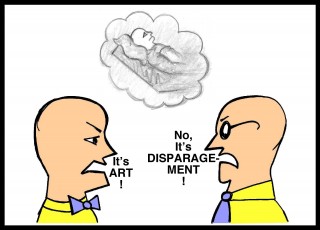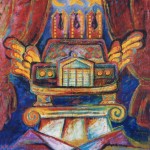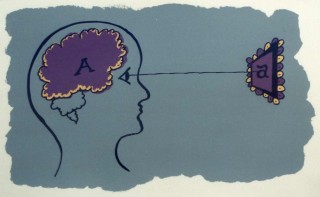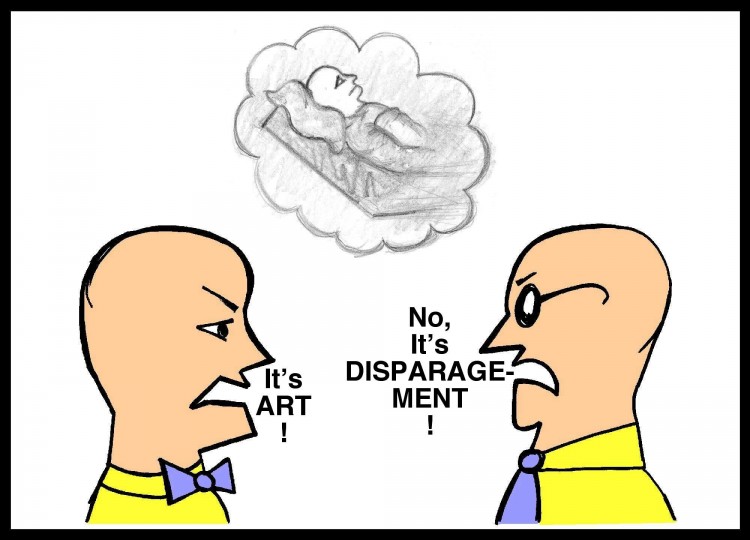Earlier today, I saw a news article about a work of art by artist Noam Braslavsky, which is causing much controversy among Israelis.
The artwork, which is to be exhibited in Tel Aviv, is a life-like sculpture of former Israeli Prime Minister Ariel Sharon, depicting him lying in coma in a hospital bed, with eyes still open. Sharon had suffered a massive stroke nearly five years ago, and has since then remained comatose.
While much of the reaction to the sculpture has been of anger and outrage, inasmuch as it may cause the public to view the former leader in a negative way, the artist claims that some people have also thanked him for producing the work.
This reminds me of the perceived importance of keeping up with appearances –
It seems that certain things or certain people have a kind of symbolic significance to them – the flag of a nation, or a political leader, for example. And when these are shown in an unfavorable light, there is often a vehement reaction which follows. This is why there are rules and laws regarding the proper display of a national flag, and may well underlie much of the angry reaction to the sculpture which depicts the former Israeli leader in what could be construed as an unfavorable light.
I remember the time when former United States President Ronald Reagan was diagnosed with Alzheimer’s disease in 1994. He had been an extremely public figure for many years, but after the diagnosis was made, and the disease progressed, it seems that he became more and more obscure, and was apparently kept out of the view of the public – his wife Nancy has been quoted as saying that Reagan would have wanted to be remembered “as he was”.
To me, all of this says something about how we perceive things. When we see something, whether in real life, or as portrayed in a work of art, it forms some kind of impression in our mind…
What we “view” through our eyes influences the “view” that we form of it in our minds. And so when something or someone is shown in an “unfavorable light”, we may be influenced to form a negative view or feeling towards what has been shown. And if the person or thing has a kind of significance to say, a nation, then showing the entity in a negative light may be seen as having the effect of showing that nation in a negative light.
But what if it is “just a work of art”, and not “reality”? What if an “art” depiction had been made of Ronald Reagan when he was at an advanced state of Alzheimer’s disease, which emphasized that condition? Would there have been a vehement reaction to it? On the other hand, what if actual footage or photographs – unedited “real life” depictions of him in that condition – had been publicly displayed? What kind of reaction would have resulted? Is there a difference?
There tends to be a kind of sentiment that art is meant to be created and shown in a context of free expression and free communication. But where do you draw the line which delineates where “Art” and “Expression” ends, and “Disparagement” and “Obscenity” begins? And how “real” can you make a work of art appear to be before it is considered to be “too real” to be seen as “art”?
These are some of the enigmas of Art that make it such a fascinating and often controversial kind of field…
BTW: An image that looks a bit like the one shown above appears in the context of an earlier post, which questions the very nature of art, among other things-





Pingback: The Puzzle of the Parked Picassos
Pingback: Political Schemes and Dreams (Another Diamond’s Turned to Rust) | intercontexting.com